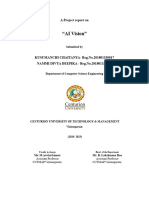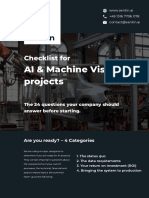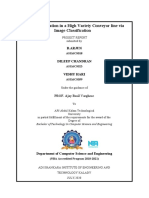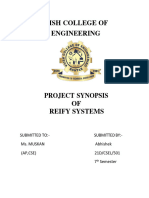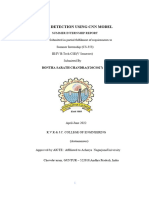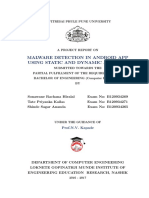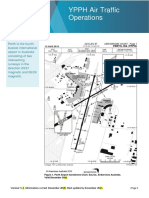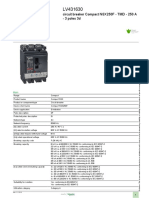0% found this document useful (0 votes)
12 views2 pagesAI Vision Project Maintenance Guide
Regular maintenance and updates are crucial to ensure the smooth operation of an AI vision project. Key aspects include monitoring performance and testing to identify issues, applying security updates, periodically updating models to improve accuracy, incorporating user feedback to enhance the user experience, performing backups and managing data, documenting all changes, and optimizing performance. By keeping the system up-to-date through maintenance and updates, the project can continue to evolve and deliver value to its users over time.
Uploaded by
201801330028Copyright
© © All Rights Reserved
We take content rights seriously. If you suspect this is your content, claim it here.
Available Formats
Download as PDF, TXT or read online on Scribd
0% found this document useful (0 votes)
12 views2 pagesAI Vision Project Maintenance Guide
Regular maintenance and updates are crucial to ensure the smooth operation of an AI vision project. Key aspects include monitoring performance and testing to identify issues, applying security updates, periodically updating models to improve accuracy, incorporating user feedback to enhance the user experience, performing backups and managing data, documenting all changes, and optimizing performance. By keeping the system up-to-date through maintenance and updates, the project can continue to evolve and deliver value to its users over time.
Uploaded by
201801330028Copyright
© © All Rights Reserved
We take content rights seriously. If you suspect this is your content, claim it here.
Available Formats
Download as PDF, TXT or read online on Scribd
/ 2




